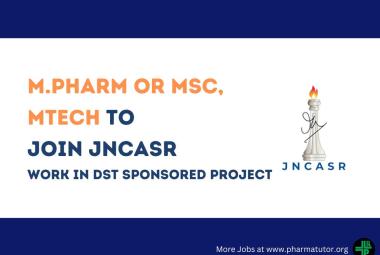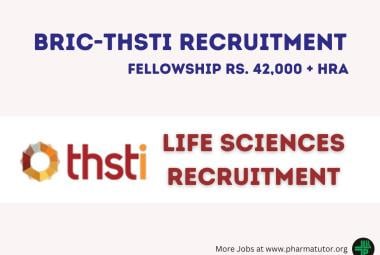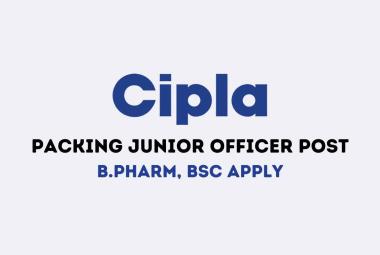A PROSPECTIVE AND COMPARATIVE STUDY ON THE EFFICACY OF THE ESCITALOPRAM AND CITALOPRAM IN MAJOR DEPRESSIVE DISORDER PATIENTS
 About Authors:
About Authors:
*Anton Vinoth.T , Prof .K. Nagarajan , Mr. Manikandan
Department of Pharmacy practice, K.M College of Pharmacy,
Madurai, Tamilnadu
*vinoth.anton@gmail.com
ABSTRACT:
Mood disorders (affective disorders) are among the most common mental disorders encountered in clinical practice and divided into bipolar disorders and depressive disorders. The essential feature of these disorders is a major disturbance in mood. Depression is common, affecting about 121 million people world wide. At its worst depression can lead to suicide, a tragic fatality associated with the loss of about 85000 lives every year. By the year 2020, depression is projected to reach the second Major depression is among the most common mental disorders encountered in clinical practice. The problems associated with depression can become chronic or recurrent and lead to substantial impairment in an individual’s ability to take care of his or her everyday responsibilities. At its worst depression can lead to suicide, a tragic fatality associated with the loss of a large number of lives every year. Depression is the leading cause of disability as measured by YLDs and the leading contributor to the global burden of diseases (DALYs) in 2000.
The present study is done as it is the role of a clinical pharmacist to evaluate the efficacy and safety of the drugs acting through specific antidepressant mechanisms and to assess the possibility of matching patient symptom profile with antidepressant mechanism to achieve more rapid response or greater efficacy.
The aim of the study is tocompare the efficacy of Citalopram and Escitalopram in the Major Depressive Disorder Patients during the first 8 weeks (acute phase) of treatment.


 About Authors:
About Authors:  About Authors:
About Authors:  About Author:
About Author:







.png)


